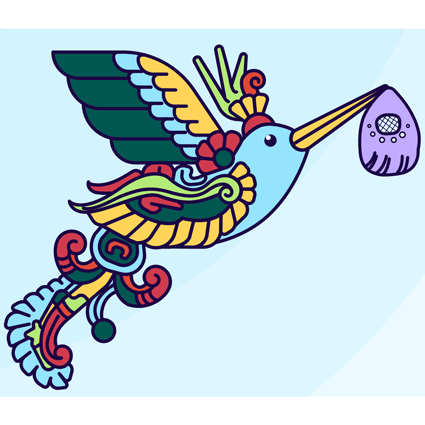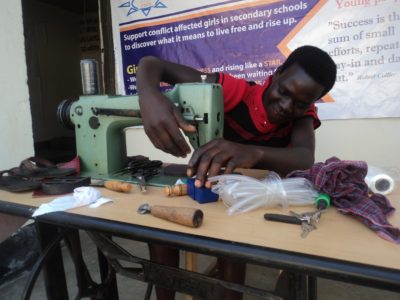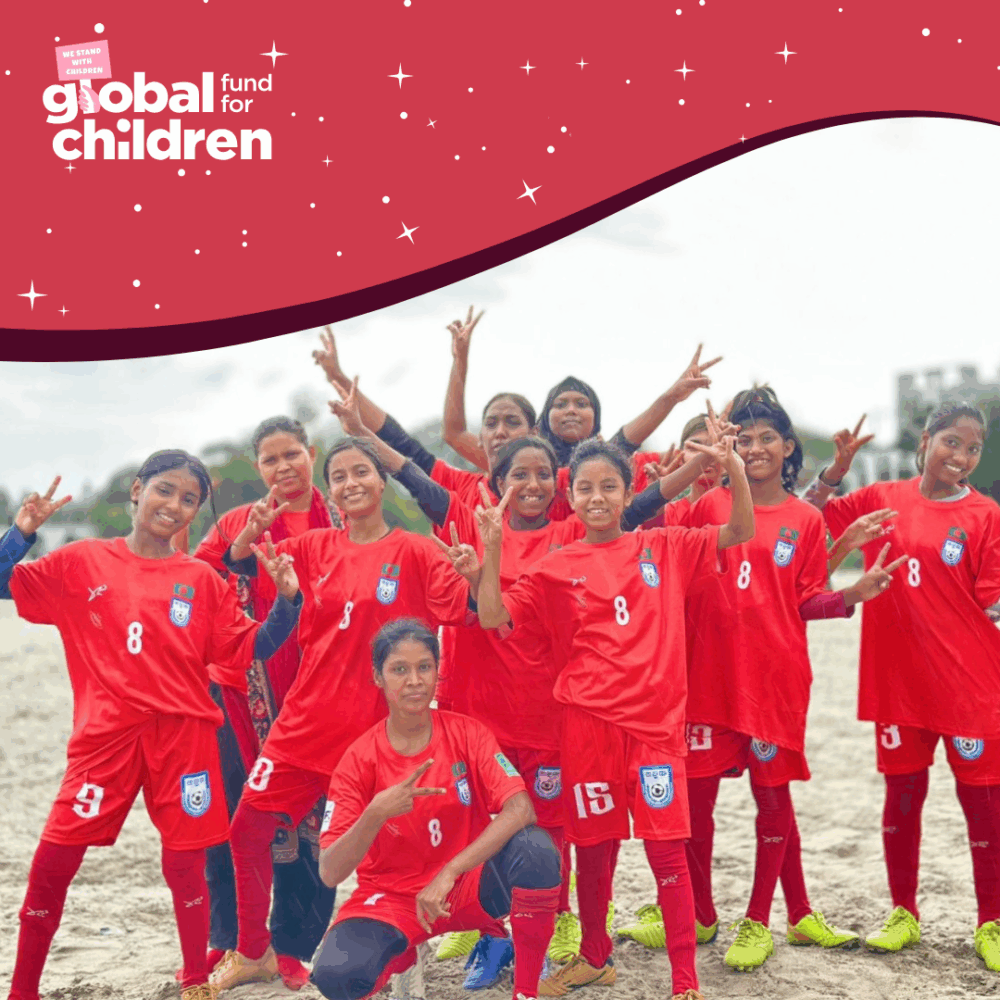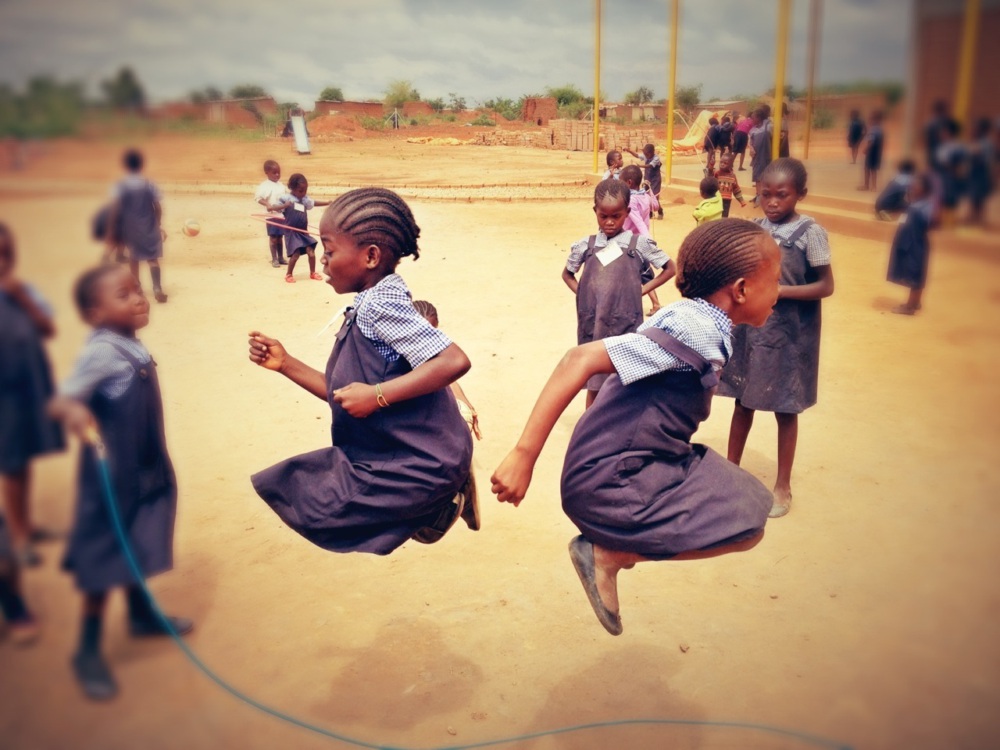
Justiça de gênero
Juntamente com parceiros comunitários em todo o mundo, podemos gerar mudanças significativas para crianças, jovens e comunidades — desde a melhoria da educação e do acesso a ela até a redução da violência, especialmente contra meninas.
Cada doação conta e, neste inverno, cada contribuição será duplicada graças a uma doação equivalente de 10.000 libras para cada 10.000 libras!
Justiça de gênero, segurança e bem-estar
[conteúdo_amplo]
[/conteúdo_amplo]
Nota aos leitores: esta postagem do blog inclui descrições gráficas das atrocidades sofridas por mulheres e meninas durante a Segunda Guerra do Congo.
À medida que o Dia Internacional para a Eliminação da Violência Contra as Mulheres se aproxima, é vital refletir sobre sua importância. Designado em 1999 pela Assembleia das Nações Unidas, o dia marca os assassinatos brutais de 1960 das três irmãs Mirabal, ativistas políticas na República Dominicana que foram assassinadas em 1960 por ordem do governante dominicano Rafael Trujillo.
[image_caption caption=”Uma aula sobre como prevenir a violência contra mulheres e meninas em uma organização parceira da GFC na Nicarágua.” float=”alignleft”]

[/imagem_legenda]
Como resultado dessa tragédia, todo dia 25 de novembro, governos, organizações internacionais e ONGs organizam atividades para observar o Dia Internacional para a Eliminação da Violência contra as Mulheres e para conscientizar o público sobre esse problema.
Estatísticas das Nações Unidas mostram que cerca de 35% das mulheres e meninas no mundo sofrem violência na forma de mutilação genital feminina, tráfico sexual, casamento forçado ou violência doméstica. Mais de 133 milhões de meninas e mulheres na África e no Oriente Médio estão entre as que compõem essas estatísticas assustadoras, e muitas delas foram infectadas com HIV, especialmente na África.
Como uma mulher congolesa, eu experimentei muitas das atrocidades contra mulheres que a Segunda Guerra do Congo trouxe. Isso incluiu invasões de domicílio, onde rebeldes saquearam a casa da minha família sob a mira de armas, e há apenas três anos, uma tia sendo violentamente atacada na frente dos filhos por rebeldes, o que deixou seu rosto irreconhecível.
A Segunda Guerra do Congo está se mostrando o conflito mais mortal do mundo desde a Segunda Guerra Mundial, e é frequentemente chamada de Guerra Mundial da África.
De acordo com um relatório da Anistia Internacional, as táticas usadas neste conflito incluem “alternar alianças conforme necessário para alcançar exploração econômica”. Além disso, interromper a ajuda humanitária, roubar, torturar, assassinar e estuprar também são outras táticas usadas pelas Forças Democráticas para a Libertação de Ruanda.
Além dos massacres em massa, as tropas rebeldes incorporaram estupro e tortura como métodos de guerra, visando mulheres e crianças. Considerada uma guerra dentro de uma guerra, a brutalidade contra mulheres e meninas em particular durante este conflito atingiu proporções epidêmicas. O estupro coletivo sistemático, às vezes por até 15 a 20 homens por vez e cometido à vista de familiares e amigos, é comum e também é amplamente exacerbado pelo uso de objetos como facões, facas, garrafas, galhos, baionetas e canos de armas. O trauma sexual de tal violência horrível inclui laceração vaginal grave, prolapso uterino e fístulas obstétricas.
Como o país carece de infraestrutura pública para civis, as vítimas desta guerra brutal não têm acesso a cuidados médicos adequados.
Há apenas dois hospitais em toda a região, e eles estão mal equipados com recursos para tratar ferimentos tão graves, dificultando a recuperação das vítimas.
O estupro não é a única forma de ataque usada contra a população civil do Congo, incidentes de canibalismo também foram relatados. As vítimas variam em idade, desde bebês de quatro meses até mulheres idosas de 84 anos, demonstrando o completo e absoluto desrespeito do combatente por outros seres humanos, não importa a idade.
Os motivos para o estupro como arma de guerra no Congo variam. Após entrevistar médicos e pessoal médico na região, uma avaliação de três semanas pela USAID descobriu que a lógica por trás de tal violência sexual brutal é complexa e individualmente específica. Em geral, de acordo com Pratt & Werchick, o estupro em tempo de guerra “é feito para destruir completamente o tecido social e familiar da sociedade”.
Apesar de ser a espinha dorsal da maioria das sociedades rurais africanas, as mulheres são consideradas inferiores e insignificantes em todos os aspectos e são obrigadas a sofrer pela frustração patriarcal dos homens em sua sociedade. Em seu ensaio “Estupro e Guerra na República Democrática do Congo”, Erika Carlsen descreve a violência sexual na região como um “subproduto de um sistema de patriarcado onde as relações de poder são hierárquicas e motivadas pela masculinidade”. Ela continua se referindo ao estupro como “uma extensão da misoginia cotidiana, uma imposição violenta da hierarquia patriarcal entre homens e mulheres. Essa relação entre estupro, misoginia e patriarcado se manifesta nas forças armadas e seu exercício de poder”.
Como fica claro nessas referências, a crueldade sexual que as mulheres estão vivenciando no contexto desse conflito no Congo não tem necessariamente a ver com desejo sexual. Na maioria dos casos, é sobre poder e dominação. Os rebeldes vivenciam intensa frustração política e econômica, pois o estado empobrecido do país não permite renda ou empregos adequados, e eles atacam a sociedade, mirando aqueles menos poderosos do que eles.
Em um esforço para combater os efeitos da violência contra mulheres e meninas em todo o mundo, a GFC está comprometida em ajudar organizações de base que buscam capacitar, educar e fornecer treinamento vocacional para meninas afetadas por conflitos.
Só em 2015, a GFC apoiou 88 organizações de base em 35 países, cujas programas atendem especificamente às necessidades das meninas. A GFC também é um membro orgulhoso do With and For Girls Collective. Juntamente com outras seis organizações doadoras, a GFC desenvolveu uma iniciativa global de prêmios para reconhecer e recompensar organizações de base excepcionais e focadas nas meninas trabalhando para garantir que os direitos das meninas sejam realizados.
[image_caption caption=”Na Foundation for Inclusive Community Help, jovens mulheres que foram sequestradas e abusadas pelo Exército de Resistência do Senhor encontram uma nova esperança por meio de aconselhamento, educação de segunda chance e treinamento de habilidades profissionais.” float=”alignright”]

[/imagem_legenda]
Na África, muitos parceiros de base do GFC focam em meninas e meninos vulneráveis e afetados pela violência. Esses parceiros incluem Rural Initiative for Community Empowerment – West Nile, Bureau pour le Volontariat au Service de l'Enfance et de la Santé, Hope and Peace for Humanity, Children of the World Foundation, Foundation for Inclusive Community Help, CIYOTA, Rwenzori Information Centres Network, Life Concern e a George Malaika Foundation, só para citar alguns.
Para incorporar o verdadeiro significado do Dia Internacional para a Eliminação da Violência Contra as Mulheres, o Knowledge Exchange deste ano liderado pelo GFC em Gulu, Uganda, focou em desbloquear o potencial das meninas em ambientes pós-conflito. O local do workshop, que ocorreu no mês passado, foi particularmente simbólico devido à violência sofrida por mulheres e meninas em Gulu durante a guerra do Exército de Resistência do Senhor de 1986 a 1988. Organizado em parceria com a Fundação MacArthur, o encontro consistiu em aprendizagem entre pares, workshops de advocacy e treinamento da Grant Thornton International sobre fortalecimento organizacional.
É com esse tipo de envolvimento comunitário que a GFC espera continuar sua defesa e apoio a meninas e mulheres vulneráveis e afetadas por conflitos — não apenas no Dia Internacional para a Eliminação da Violência contra as Mulheres, mas todos os dias.

